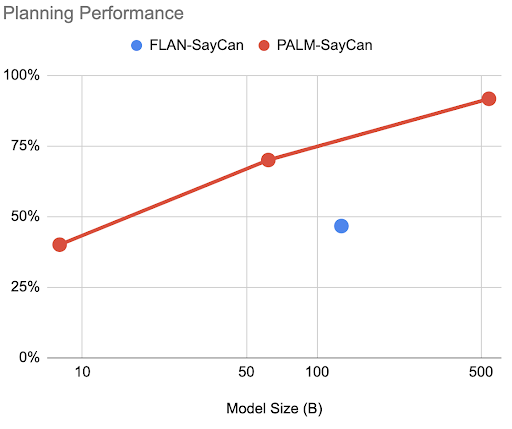
How to get URL link on X (Twitter) App




https://twitter.com/hausman_k/status/1511152160695730181

 Let's re-visit the original bitter lesson first:
Let's re-visit the original bitter lesson first:


https://twitter.com/GoogleAI/status/1511795739952832521The idea is very simple:


